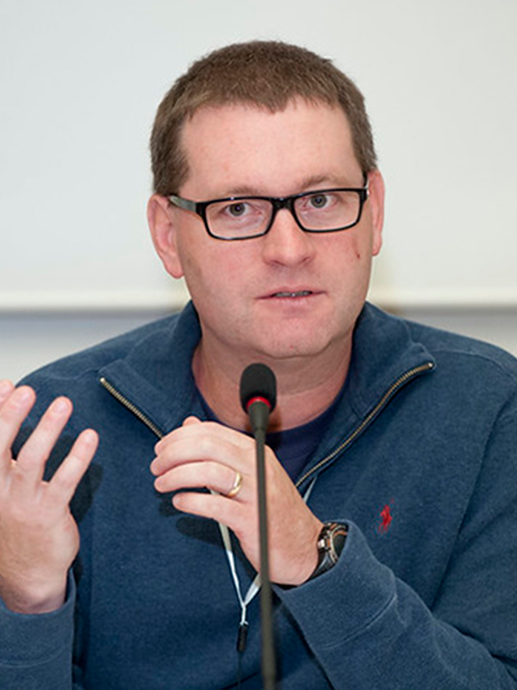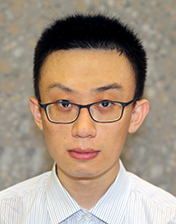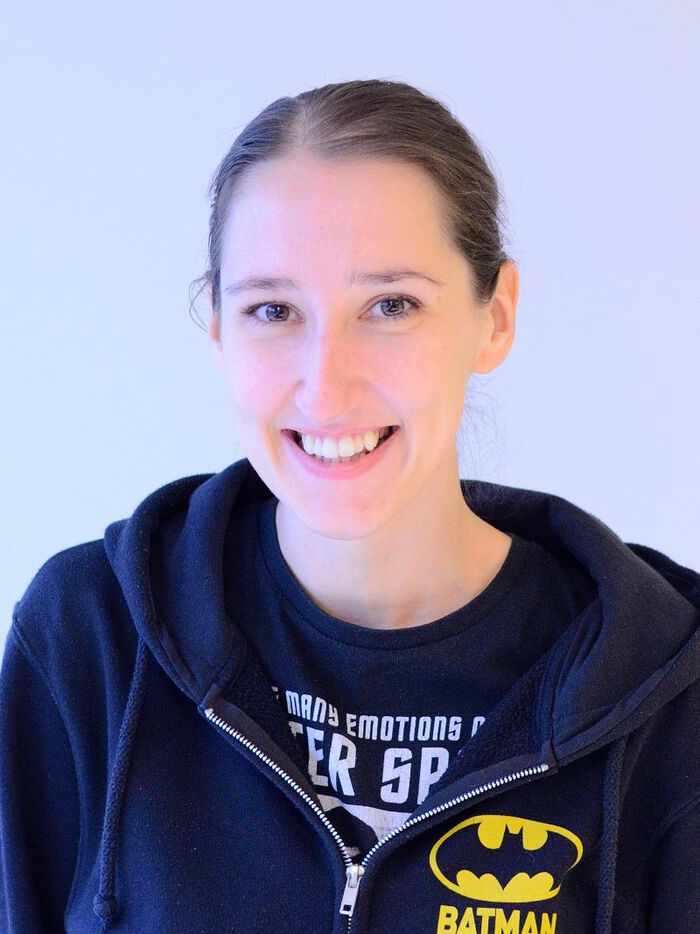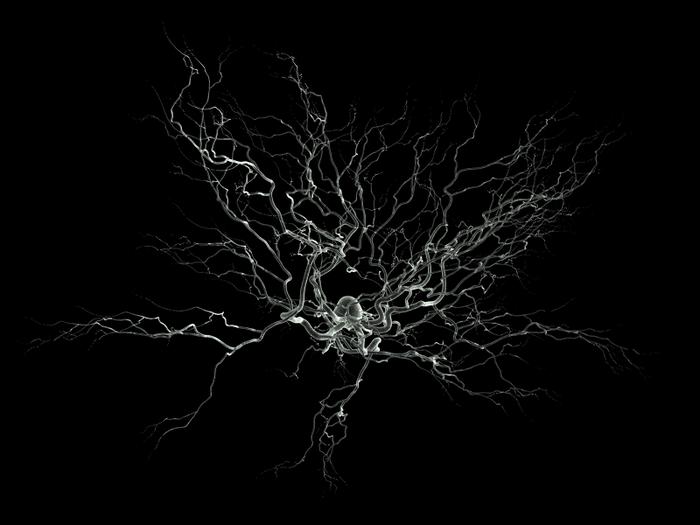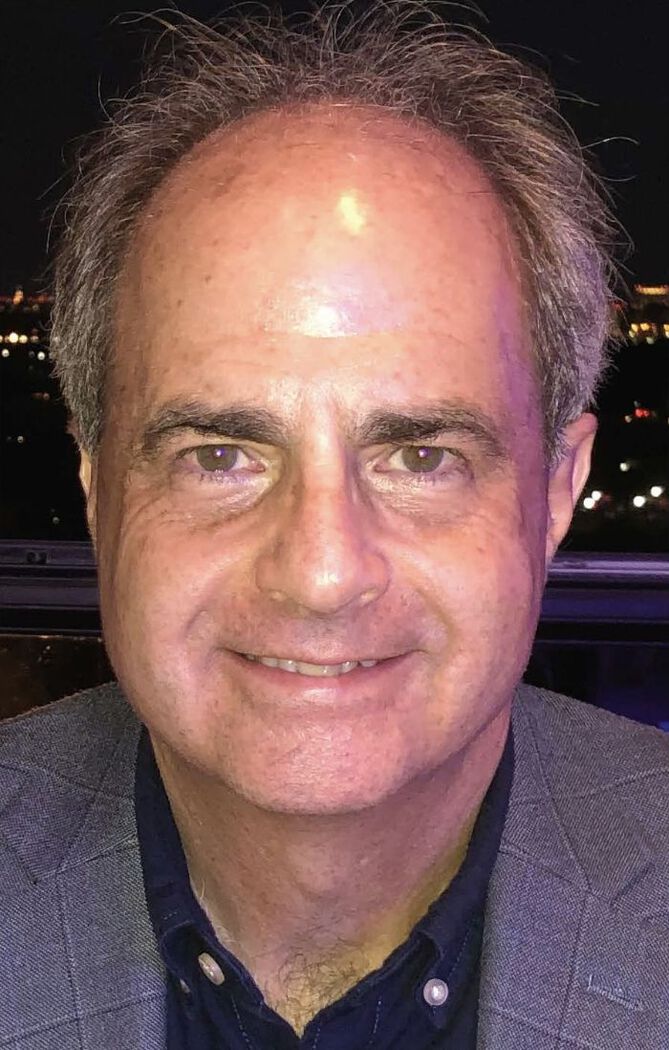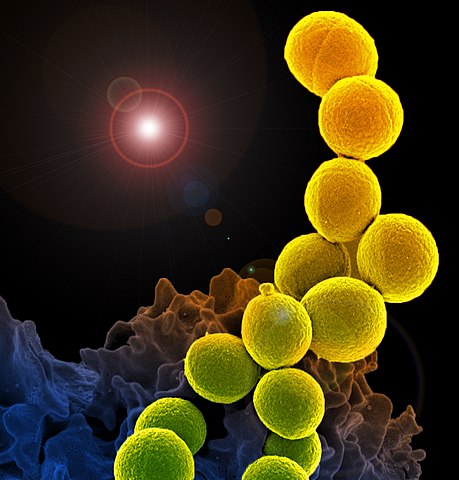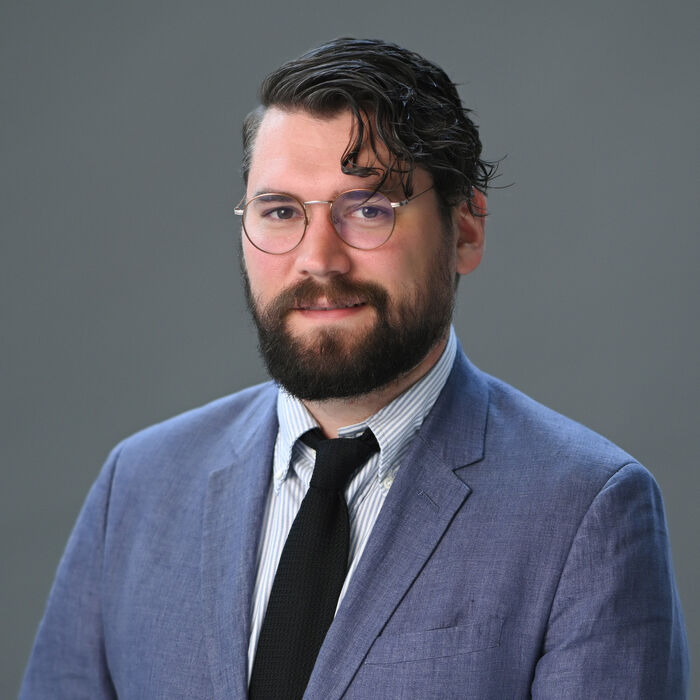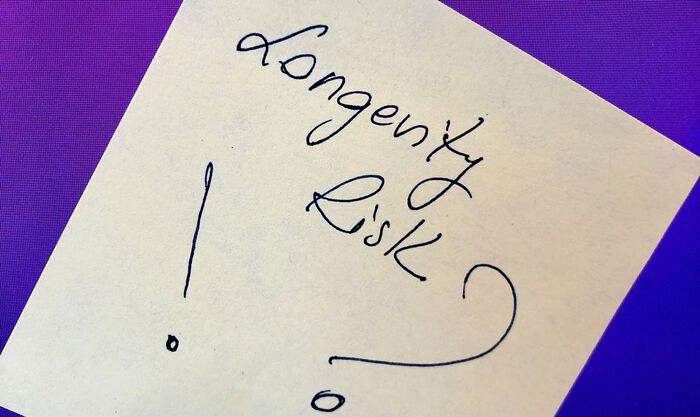Tidligere gjesteforelesninger og seminarer - Side 13
IBV hosts five guest lectures on Terrestrial Ecology on Tuesday 25 October and Thursday 27 October. Today: Mark Ravinet, Aline Magdalena Lee and Stephen De Lisle.
The survival of green plants depends on the efficient use of photosynthesis in the leaves, where sunlight, water, and CO2 are transformed into sugar – the raw material, which builds up even the largest trees. The dissolved sugars are transported by osmosis through the sieve tubes of the phloem, a vascular system, which runs through the veins of the leaves and on through the stem, all the way down into the roots. The sugar production sites (mesophyll) are distributed over the entire leaf, and it is important for the functionality of the leaf that they are all able to export their sugars. For conifer needles the linear venation architecture makes this challenging, and they have an extra “transfusion tissue” that bridges between production and transport. We are currently studying this complex collection of interdigitated water -and sugar-carrying cells by micro X-ray tomography on intact needles and by network modelling, to understand the pathways for water and for sugars (running in opposite directions) with huge pressure differences (say 3 MPa) across tiny length scales (say 5 microns).
Thomas Bohr is Professor of Physics at the Physics Department of the Technical University of Denmark.
By Roger Pielke Jr. from University of Colorado Boulder, USA. Note the time: 12.15.
Diffusion and reactions are central to understanding life. However, studies often focus on dilute systems, while the interior of living cells is crowded with macromolecules that occupy about 20 % to 40 % of the cell volume, affecting virtually all intracellular processes [1]. In this talk, I will mainly focus on diffusion, emphasising the effects significant to crowded intracellular environments, such as polydispersity of crowders [2], macromolecular shapes, interactions [3], and softness [4]. We will also briefly discuss how reactions proceed under crowding, paying particular attention to enzymatic reactions [5] and the cooperativity of divalent binding [6].
Cheng-Zong Ruan, Postdoctoral Fellow at Institute of Theoretical Astrophysics, University of Oslo.
By Josefin Stiller from Copenhagen University and Joost Raeymaekers from Nord University
Eva Leu from Akvaplan NIVA
Sladana Radinovic, PhD student at Institute of Theoretical Astrophysics, University of Oslo.
Abstract (PDF)
Alexander Müller-Hermes will give a talk with title: Capacities of quantum channels
Welcome to the next seminar of the semester, where there will be a talk by Dr. Suman Kumar (Ciosk group, BMB).
Paul Shapiro, Department of Astronomy, The University of Texas at Austin (USA).
In 80s Weibel observed that K-theory is homotopy invariant on Fp-schemes up to p-torsion. His main tool was the action of the ring Witt vectors on nil-K-groups: NKi(R) = Ker(Ki(R[t]) → Ki(R)). We will revisit the proof and check that the same result holds for all finitary localizing invariants.
- Hva du ikke finner på EIOPAs sider
- Matematisk Institutt ved professor emeritus Erik Bølviken tilbyr et to-dagers etterutdanningskurs i Solvency II.
Welcome to the next seminar of the semester, where there will be a light lunch and talk by Dr. Pablo Vargas (Institut Necker Enfants-Malades, Faculté de Médecine Necker,Paris, France).
Stephen Hladky presents work in collaboration with Margery A. Barrand (both Department of Pharmacology, University of Cambridge).
Abstract: Extravascular fluxes of marker substances and some wastes are sufficiently fast that there is almost certain to be a component of flow augmenting their diffusion in the parenchyma. There have been two major proposals for how this flow is produced and where it is important. The evidence for the classical and glymphatic hypotheses will be reviewed. Extravascular, and in particular perivascular, routes for fluid movement out of the parenchyma to lymphatics may be important in the development of hydrocephalus.
Benjamin Keller, Department of Physics and Materials Science, University of Memphis.
I will explain how motivic homotopy theory can be used to attack problems regarding finite projective modules over smooth affine k-algebras. I will recall in particular the foundational theorem of Morel and Asok-Hoyois-Wendt, and the construction of the Barge-Morel Euler class. Time permitting, I will explain recent progress on Murthy's splitting conjecture.
C*-algebra seminar talk by Marco Matassa (OsloMet)
Dr. Douglas Rowland, NASA/Goddard Space Flight Center
Financial risk arising from the increasing of life expectancy. This is all in a nutshell. To know more, come to the lecture: forecasting, modelling, quantification.
